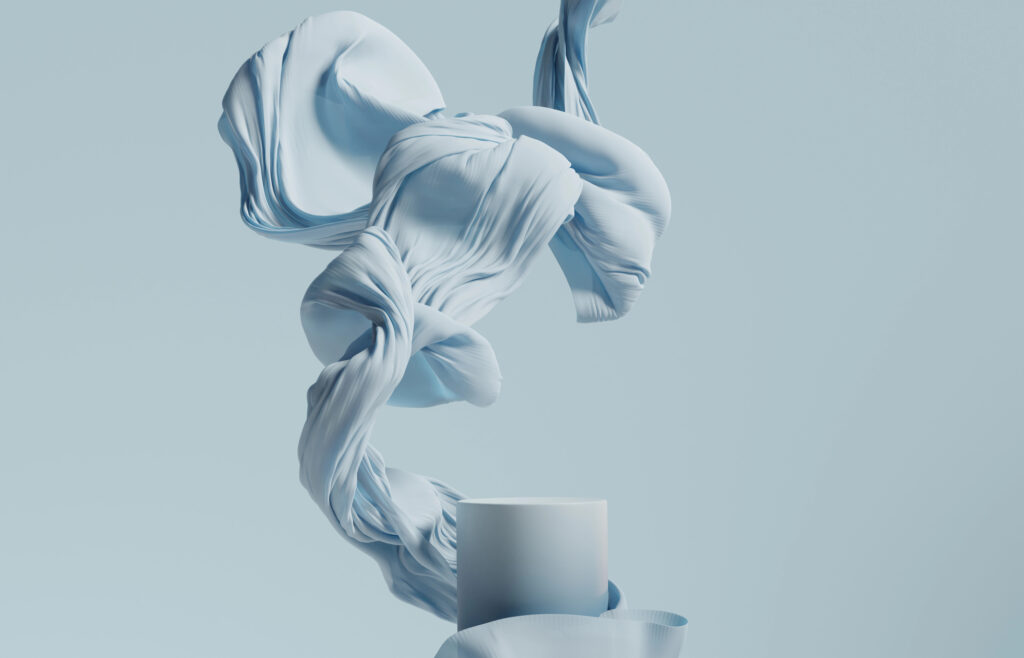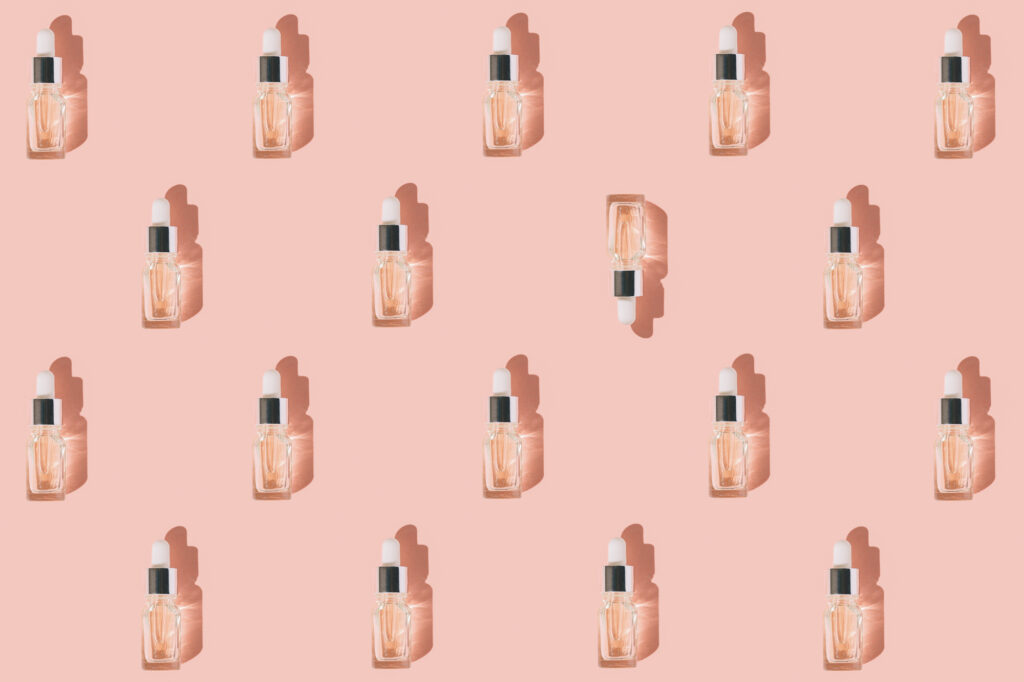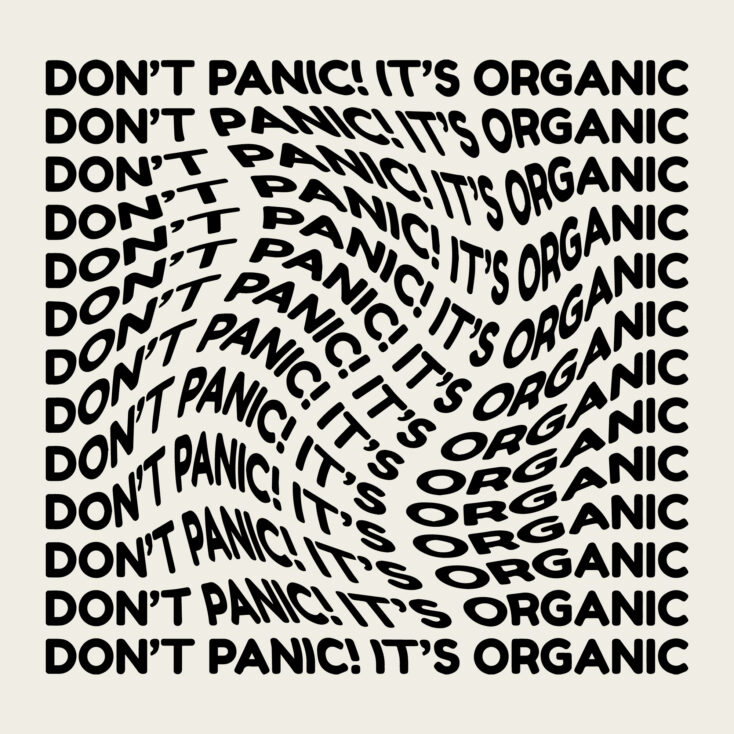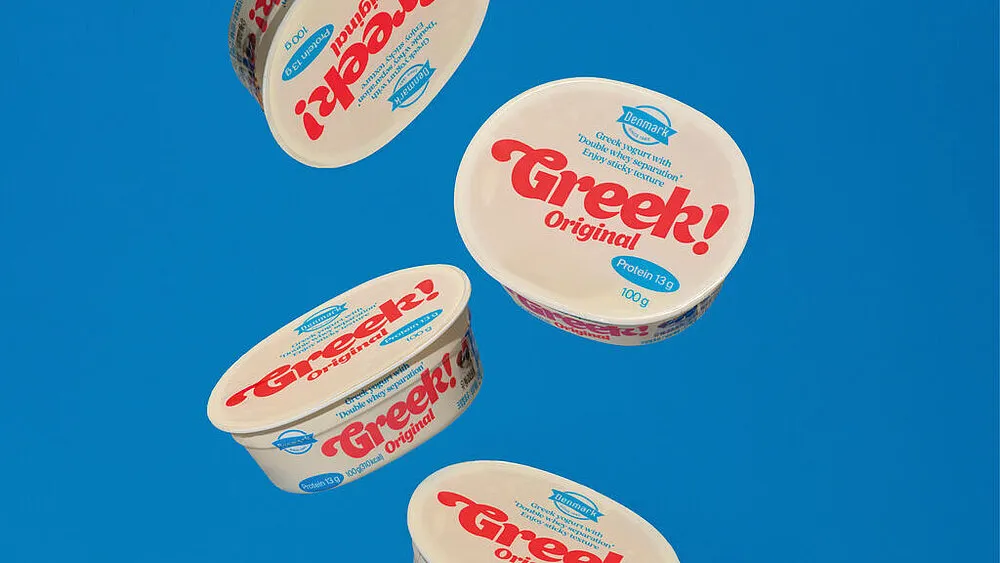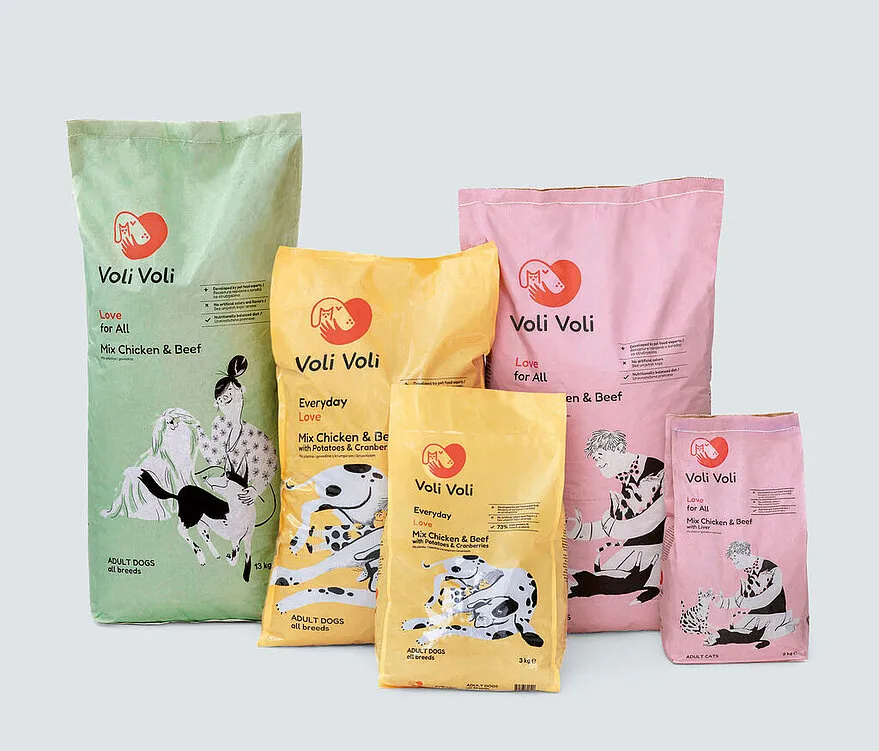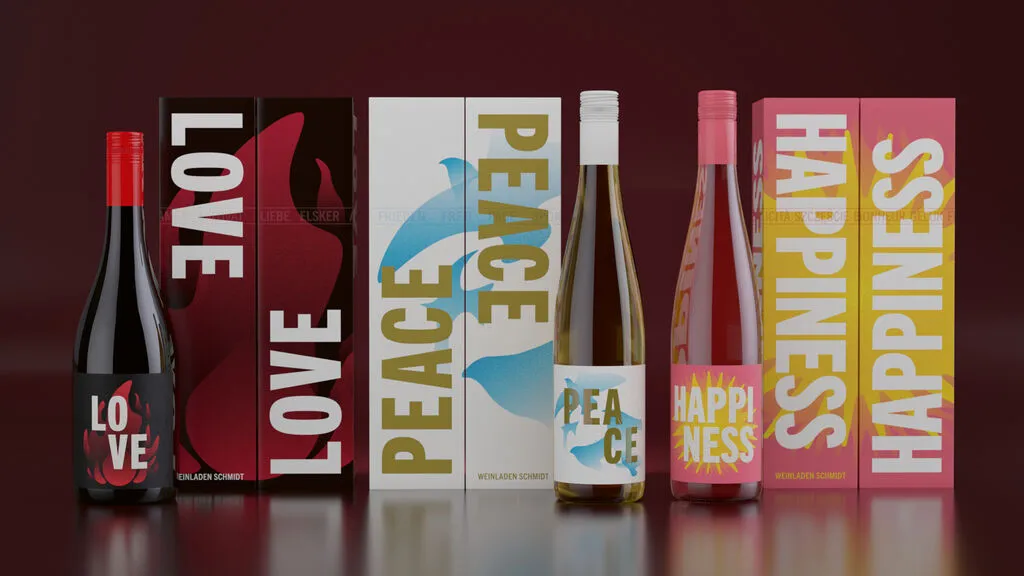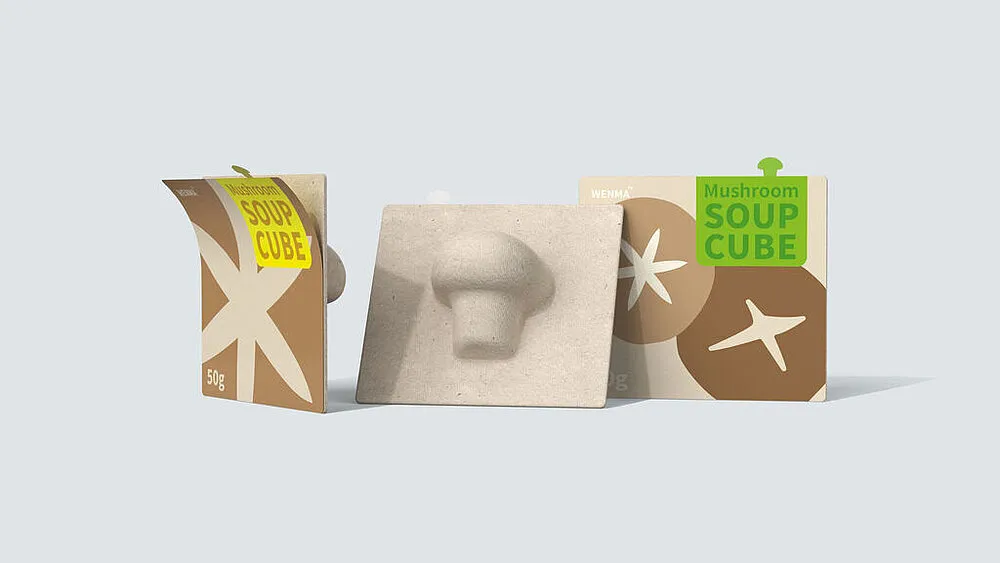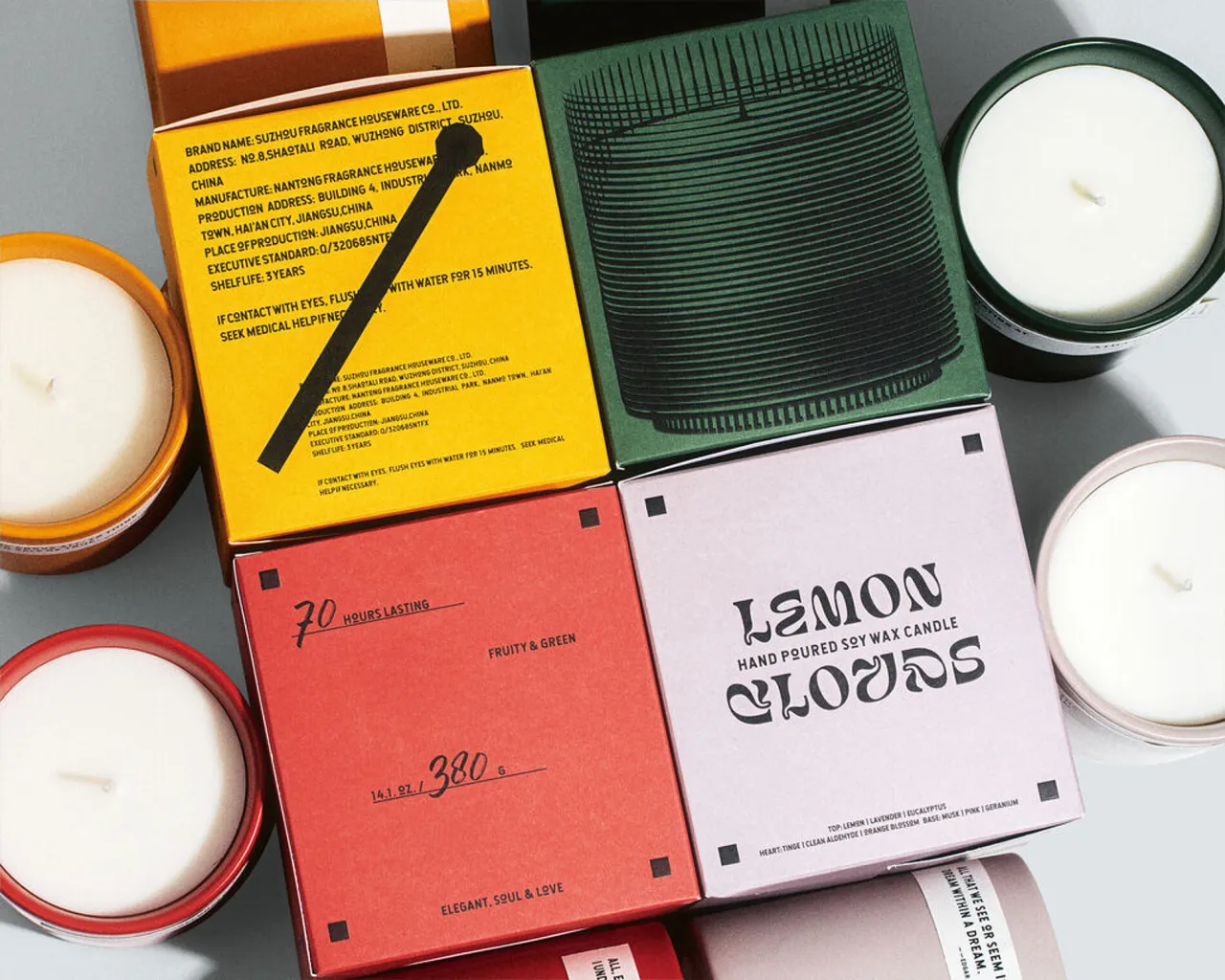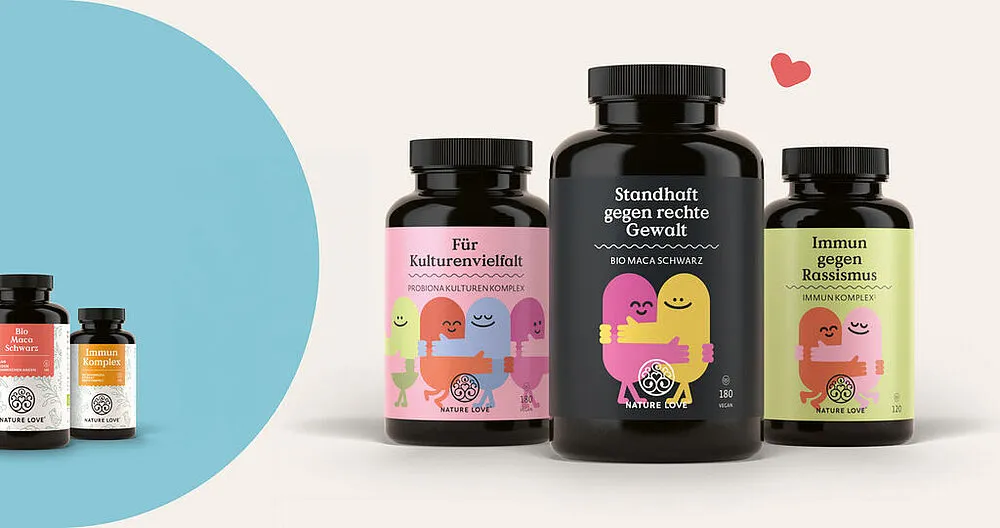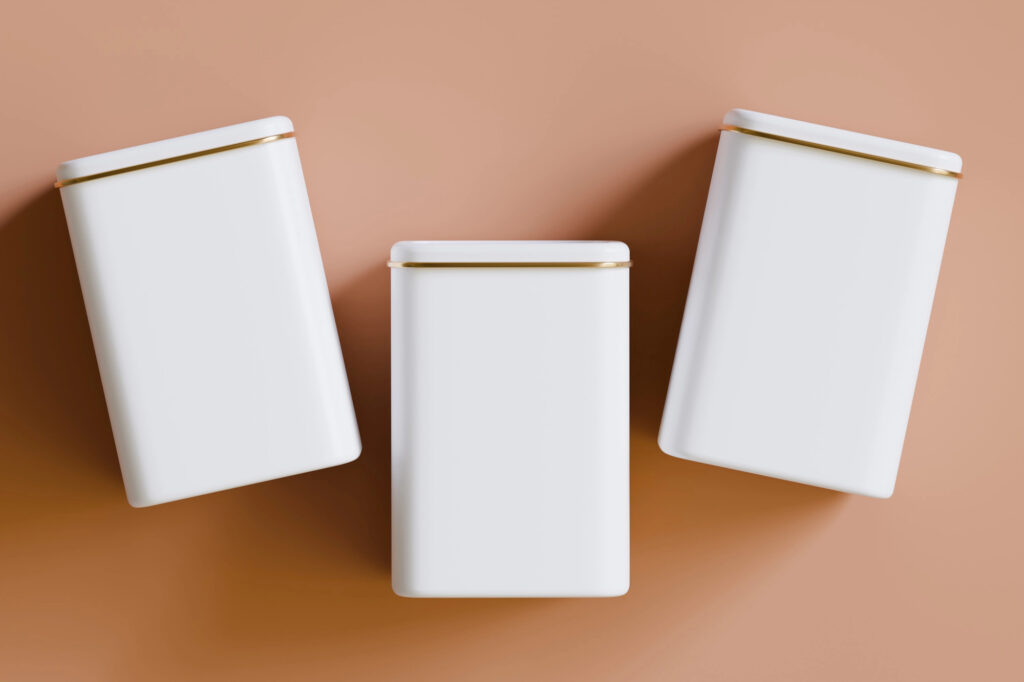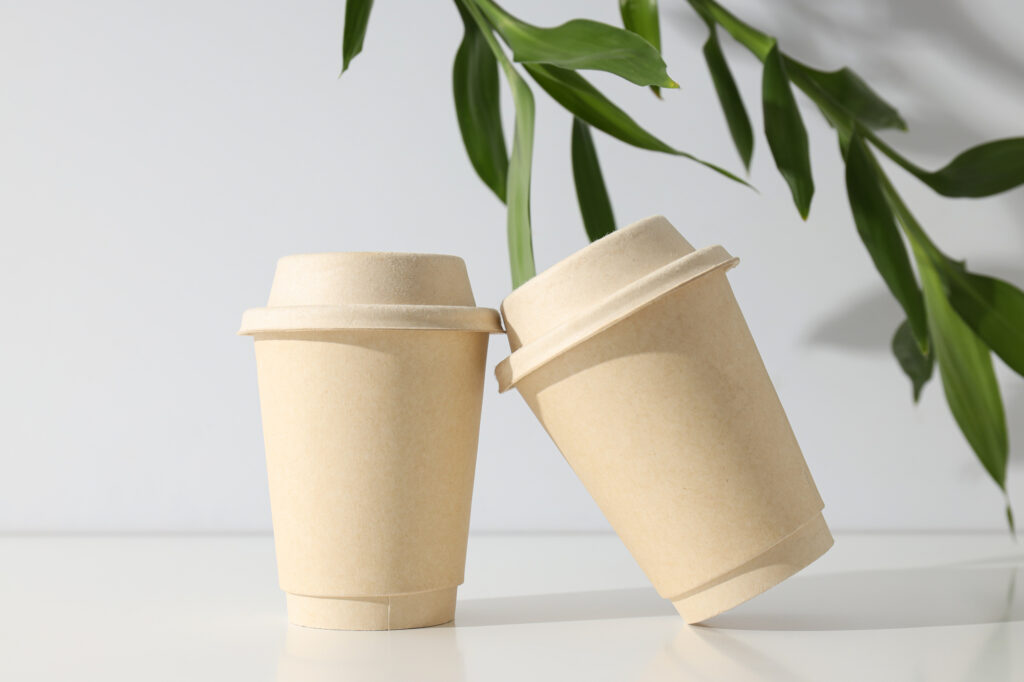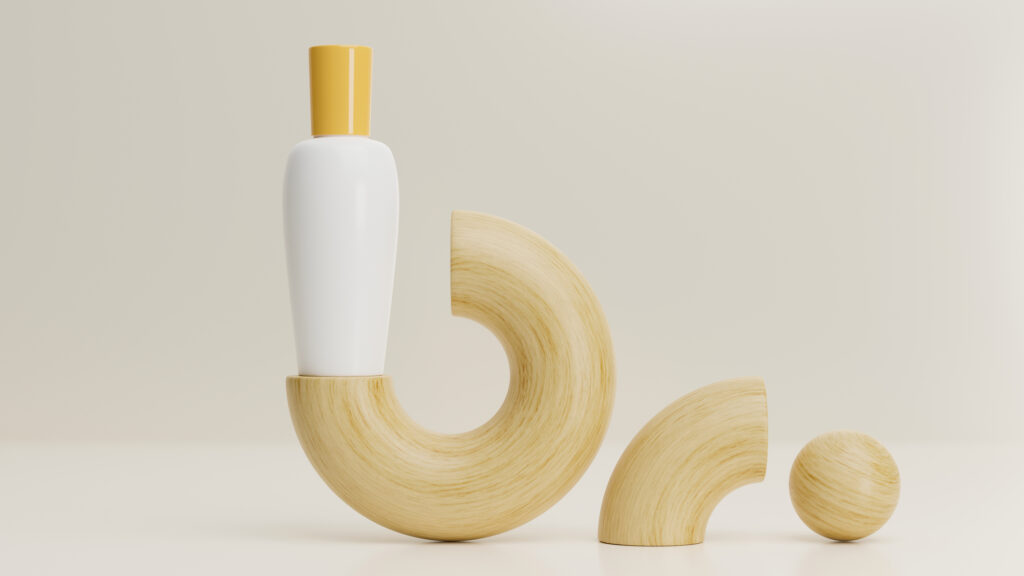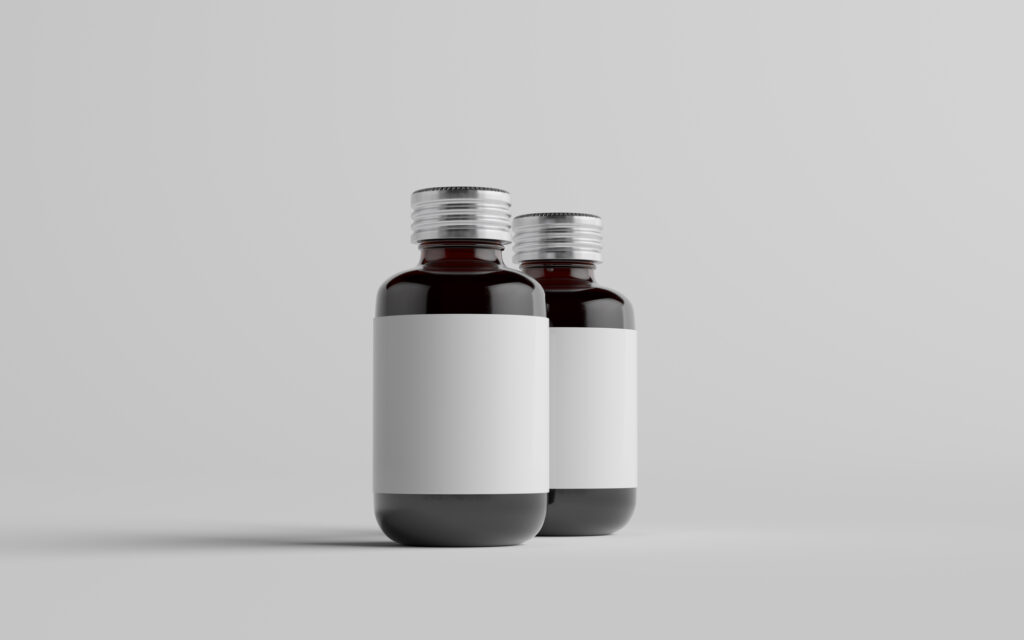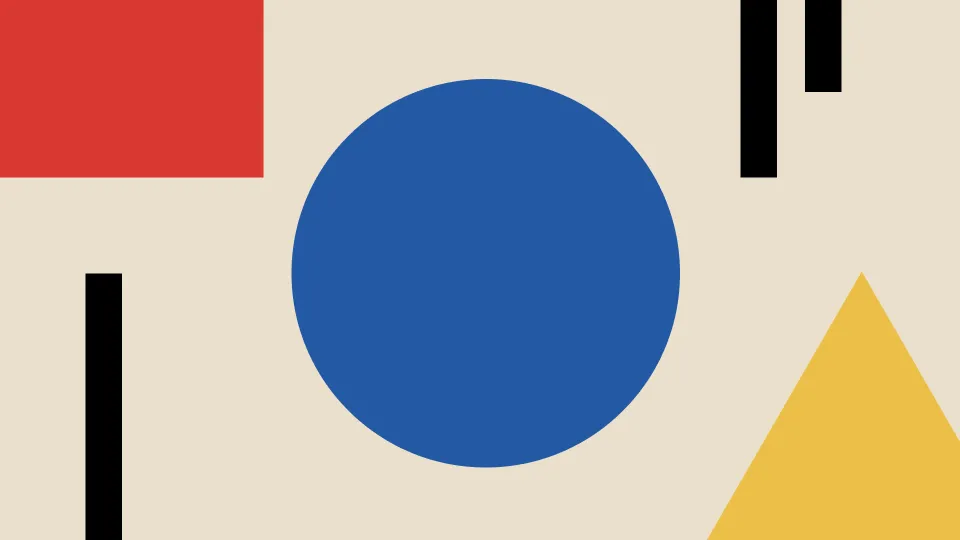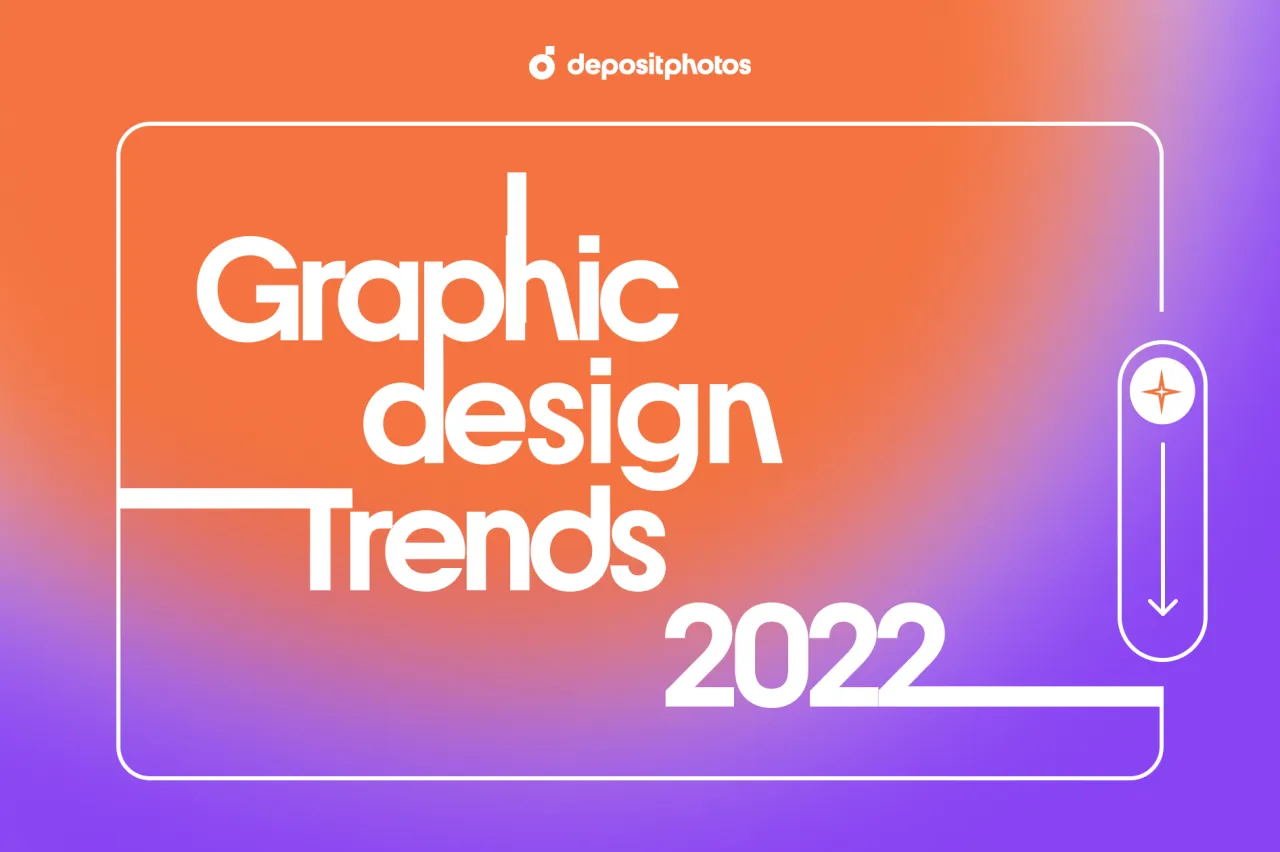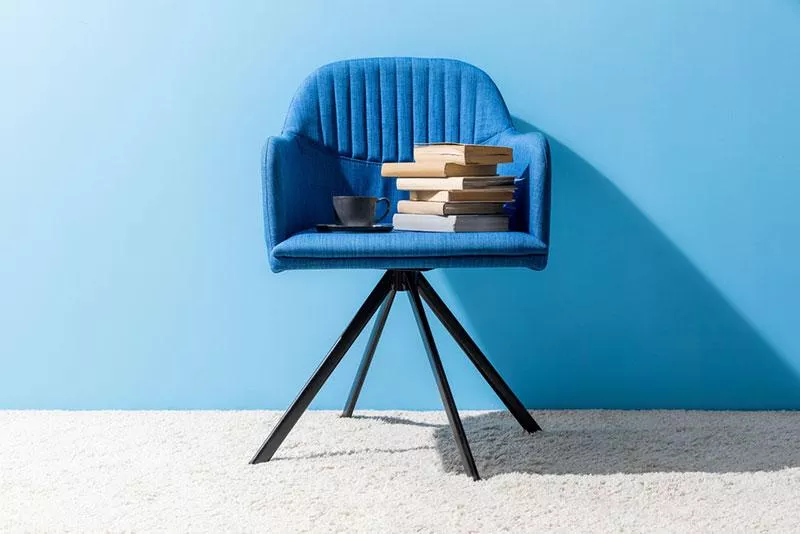Wrap It Right: Creative and Inspirational Packaging Design Ideas
Several decades ago, we saw packaging as a protective shell for products. However, due to advanced graphic design capabilities and increasing sustainability challenges, packaging plays a much more significant role now. These days, packaging is the face of your brand, your silent salesperson, and a critical part of your marketing strategy.
”Nearly 72% of American consumers say packaging design and materials play an important role in their decision to buy”
—Gil Niv Vice President and David Harris Account Manager, US, Ipsos Observer
In this guide, we’ll explore the essentials of packaging design – from the key elements that make packaging pop to creative ideas for your own striking packaging. What’s even better is that we’ve prepared a collection of ready-to-use mockups to design packaging for your products and promote them online.
Discover packaging design collection
What is packaging design and why it matters
Packaging design is the craft of building an outer shell that’s pretty to look at but also functional and unmistakably on brand. Sure, it’s there to protect the product inside, but it’s got to do a whole lot more—like making your product noticeable and creating a moment of connection with consumers. Great packaging can grab attention and tell a story without saying a word.
The recipe for a successful packaging consists of three key ingredients:
- Stand out on crowded shelves. It’s a busy market out there, and your packaging needs to stop people in their tracks.
- Communicate product and brand identity. Good design reflects the values and story behind a brand.
- Offer practical functionality. Packaging should be a breeze to open, maybe resealable if needed, and ideally, easy on the planet too.
“70% of consumers now identify as environmentally aware and 66% consider it important to purchase products packaged in environmentally friendly materials.”
—Global Buying Green Report by Trivium Packaging
In short, packaging has become an essential marketing tool that influences everything from consumer perception to brand loyalty.
Designing packaging for your product in 3 steps
Designing a cover for your product is like pulling together the perfect outfit. You want it to look amazing, function flawlessly, and tell your brand’s story at a glance. And just like with clothes, there’s no one-size-fits-all approach to packaging. Choices will vary based on the product’s purpose, the audience it’s meant for, and how you want to position your brand.
Step 1 ✨ Start with graphic design for your packaging
Graphic design is the heartbeat of packaging. It’s where colors, fonts, and brand elements unite to create a single, impactful look.
Think of brands like Coca-Cola. Their packaging has been evolving since the 1980s and has different forms and materials to address all kinds of customers. But what has stayed is that classic red and white label—a significant part of the brand’s DNA. It’s a visual shortcut that instantly communicates who they are and what they stand for.
A well-designed package can work the same way for your brand, becoming instantly recognizable and carrying your product right into consumers’ hands. But when it comes to actually designing one, it’s not enough to just slap on a logo. You need to consider intricate details such as:
Color psychology
Colors do the talking. Green says “natural” and “sustainable,” while black whispers “premium” and “exclusive.” Knowing what each color communicates helps you create a palette that speaks to your brand’s values and hits the right emotional notes with your audience.
Read more about color psychology: How Strategic Color Choices Can Skyrocket Your Brand Identity
Messaging hierarchy
Having a clear messaging hierarchy guides customers’ eyes and ensures they pick up on exactly what you want them to remember. But there’s a distinction between the first thing your customers want to see on the packaging and the one you want them to see.
So, choose your first fighter carefully: a product name, key feature, or brand value. Whatever packaging you design, it should give your customers a clear idea of what to expect inside.
Typography choices
Consider fonts as your brand’s attitude. A clean, sans-serif font can give off a modern, no-fuss vibe, while a classic serif suggests heritage and credibility. Pick your fonts wisely, and your packaging will feel confident, friendly, or sophisticated—whatever fits your brand’s voice.
Step 2 🛒 Marketing and design strategy usually go together
Before you go and order hundreds of packaging samples, it’s important to consider your marketing strategy. Why so early? Because during this process you’ll likely change your mind about design and materials several times, and this is good! Your decisions will be well-considered this way.
Now, here’s the main thing you need to know about the role of marketing in packaging design—without it, your product won’t sell, even if it’s of the finest quality.
In the age of unboxing videos, consumers expect packaging to add value, whether that’s through QR codes leading to exclusive content, social media hashtags, or augmented reality (AR) elements. Packaging design has become a way for brands to create shareable moments that improve engagement and expand their reach. And this is your chance to highlight what’s unique and remarkable about your product.
Is it plant-based, ethical, or plastic free? Remember to mention this on your packaging. What are your competitors doing already? Can you do it better? Define and shout about your unique selling points—they’re reasons for people to come back for more.
In a five-year analysis of US sales data, NielsenIQ and McKinsey looked at 600,000 product SKUs (stock-keeping unit) across 44,000 brands, covering $400 billion in annual retail revenue from 32 categories like food, beverage, and personal care. They identified 93 ESG-related claims—terms like “eco-friendly,” “vegan,” and “biodegradable”—printed on packages. They compared the different growth rates for products in many categories with and without ESG-related claims, and concluded that this study did broadly reveal a clear and material link between ESG-related claims and consumer spending.
Your Ultimate Guide to eCommerce Personalization and Tailored Product Discovery
Step 3 📦 Finally, it’s time for physical packaging
The shape, texture, and function of your packaging can make or break the customer experience. Shapes that fit the hand, surfaces with a satisfying texture, and unique structures can all create memorable first impressions, especially for eCommerce brands.
Take Apple, for instance. Every element of their packaging feels like an extension of their product, from the sleek, minimalist boxes to the satisfying weight of each component. This approach has inspired countless brands to focus on the small details, creating that moment of excitement and connection right when the customer opens the box.
Form follows function
You may have heard the design principle “form follows function”, which comes from architecture and industrial design. This principle will also help you when it comes to packaging design.
Fancy is great, but if it’s hard to open, you’ve lost. Think about resealable pouches for freshness, easy-tear tabs for convenience, or stackable shapes for storage. These practical touches show customers that you’ve designed with them in mind.
Materials and texture
The feel of your packaging speaks just as loud as the look. Recycled cardboard? That’s a nod to sustainability. A matte finish? Elegance and class. From soft, velvety textures to embossed logos, the right design turns unboxing into a pleasant experience.
How to choose packaging materials
Let’s take a deeper look at the options you have when it comes to packaging materials.
“About half of consumers claim to be willing to pay more for sustainable packaging, although most are willing to pay only a small premium”
—Sustainability in packaging: US survey insights by McKinsey & Company
Corrugated cardboard packaging
Corrugated cardboard is the go-to for brands aiming to be both cost-effective and eco-conscious. Lightweight, durable, and highly customizable, it’s a main choice for eCommerce and shipping.
For example, Amazon and IKEA have included corrugated cardboard in their sustainable packaging playbook. Cardboard is functional and a perfect blank canvas for bold text and eye-catching visuals.
Compostable and biodegradable packaging
As eco-savvy consumers look for greener choices, biodegradable and compostable packaging is taking center stage. Materials like PLA (polylactic acid) and recycled paper are popular, especially in food packaging, with items like compostable wrappers and containers.
These materials may take months to break down naturally, but they still do this way faster than polyethylene. For instance, a traditional PET bottle takes hundreds of years to decompose.
Glass and aluminum packaging
For a premium feel, glass and aluminum are hard to beat. Fully recyclable and undeniably elegant, these materials are favorites in cosmetics and beverages. Such packaging shows a brand’s dedication to responsible practices, giving consumers one more reason to love what’s inside.
Polyethylene packaging
Polyethylene is the classic choice for moisture resistance, making it a preferred choice for food, beverage, and pharmaceutical packaging. You’ll see it in plastic bags, wraps, and shrink films, where protection is key.
Yet, as environmental awareness grows, many brands are swapping traditional polyethylene for biodegradable alternatives or investing in reusable packaging to keep pace with sustainability goals.
Whatever packaging material you go for, remember that it’s important to keep focus on reducing waste and showing your commitment to sustainability.
🙌 Inspo: Brands like Lush, famous for their serious commitment to Earth and “naked” or package-free products, are proof that winning over consumers and protecting the planet is possible.
Discover packaging design collection
Packaging ideas and design mockups to check out
Unique packaging can make a product unforgettable. In 2024, design trends are all about being bold, genuine, and memorable. Brands are using vibrant typography, nostalgic color gradients, and whimsical illustrations to stand out. And minimalism isn’t going anywhere—many brands still choose “less is more” as their design mantra, using simple graphics.
Here are some mockups to inspire your own packaging design:
Functional
Packaging that is as practical as it is beautiful adds value for consumers. Resealable bags for snacks and airtight containers for cosmetics offer convenience while preserving product quality.
Pringles’ iconic tube container was designed to protect the chips from breaking, proving that functional packaging can also be visually distinctive.
Organic
Combining vivid colors with natural, earthy textures, organic packaging appeals to eco-conscious audiences. It can be fruit and vegetable packaging that uses biodegradable films, giving consumers a sense of freshness and authenticity.
Brands like Innocent Drinks use bright colors paired with sustainable materials to reflect their organic, health-focused branding.
Eccentric
Unique shapes, materials, or colors can turn a simple product into an experience. Interesting packaging, like pyramid-shaped tea bags or geometric perfume bottles, stands out on shelves. These packaging designs often become part of the product’s identity, creating an association that customers won’t forget.
Minimalist
Minimalist design focuses on simplicity and elegance, using clean lines and muted colors. This approach can feel luxurious and modern, making it ideal for premium products. Many tech and beauty brands use minimalist packaging, allowing the product’s quality to shine without the need for elaborate graphics.
Last but not least
When done right, packaging holds your product as efficiently as it makes it memorable. It captures attention, tells a story, and leaves a lasting impression that sticks with customers long after they’ve unboxed it. To secure your success, check out our packaging design collection with many great ideas:
